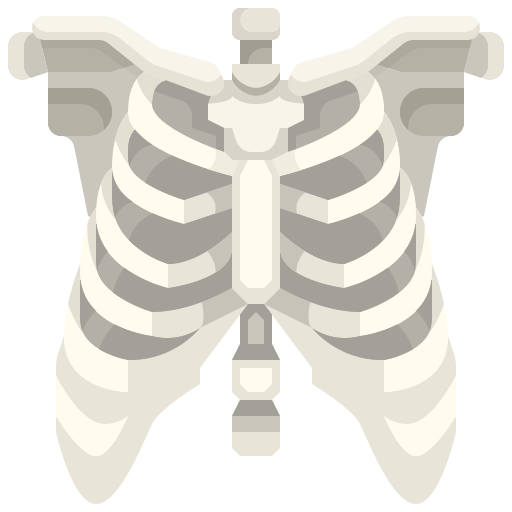


Preventive medicine has long been known to be one of the crucial healthcare strategies to facilitate early diagnosis and provide early treatment, growing awareness, improving quality of life, and preventing premature death. Medical imaging tests have been one of the important technologies to help patients understand their health by providing a detailed look at the body.
Preventative imaging focuses on detecting specific diseases early for more effective treatment. When a disease is detected at an early stage, it can be treated before it fully develops into a more serious health issue… With that, imaging tests can help save lives and keep patients healthy if conducted at the right time.
In short, preventive imaging actively detects health problems before symptoms manifest. Diagnostic imaging, on the other hand, is employed to diagnose or treat symptoms in symptomatic patients. Typically, preventative imaging occurs during health screenings or regular checkups. Should an anomaly be identified during screening, additional diagnostic imaging becomes necessary to obtain a conclusive result.
In the medical field, various types of preventative imaging are accessible. The necessity for imaging tests differ among individuals, customized based on their unique medical history, comorbidities, age, and risk factors.

The primary imaging modality for early detection of breast cancer is a mammogram. It employs low-dose X-rays to generate an image of the breast. Studies consistently show that it decreases breast cancer-related deaths. It can detect cancer 1-4 years earlier before it becomes clinically evident. Regular mammograms, in fact, have reduced the risk of dying from breast cancer by up to 30%.

The calcium score test employs computed tomography (CT) technology to assess the amount of calcium deposits in the heart arteries. Calcium in the arteries raises the risk of plaque buildup in the coronary arteries, potentially resulting in atherosclerosis and ultimately a heart attack. Correlating cardiac scoring with risk factors such as diet, family history, comorbid conditions (hypertension, diabetes mellitus, high cholesterol), and smoking habits helps determine a patient’s cardiovascular risk, greatly benefiting cardiac assessment.

Older postmenopausal women commonly experience osteoporosis, a bone disease characterized by decreased bone mineral density. This condition diminishes bone strength and heightens the risk of fractures. Dual-energy X-ray absorptiometry (DEXA) scans play a crucial role in measuring bone density and evaluating the risk of osteoporosis and fractures. DEXA enables tracking of bone density and fracture risk over time.

Low-dose CT scans are used for lung cancer screening, primarily in individuals at high risk, such as heavy smokers. Early detection can improve lung cancer outcomes.

Ultrasound scans of the abdomen can help detect abnormalities in organs such as the liver, kidneys, gallbladder, uterus and ovaries for women, and prostate for men. These may be used in routine check-ups or for specific concerns.
In summary, imaging is a critical component of health screening because it allows for early detection, accurate diagnosis, and monitoring of diseases and conditions, ultimately leading to better patient outcomes and improved public health
Life Care Diagnostic Medical Centre Sdn. Bhd. 200401034597 (673106-V)
Bangsar South
WhatsApp: 0122343610
1st Floor, Wisma Lifecare,
No. 5, Jalan Kerinchi, Bangsar South,
59200 Kuala Lumpur
Cheras South
WhatsApp: 01127213620
19A-2 & 19B-2, Block E, Kompleks Komersil Akasa,
Jalan Akasa, Akasa Cheras Selatan,
43300 Seri Kembangan, Selangor
Operating Hour:
Monday – Friday: 8.00am – 5.00pm
Saturday: 8.00am – 1.00pm
Sunday & Public Holidays: Closed
